Home>Articles>How Long Do You Put Puff Pastry In A Waffle Iron For
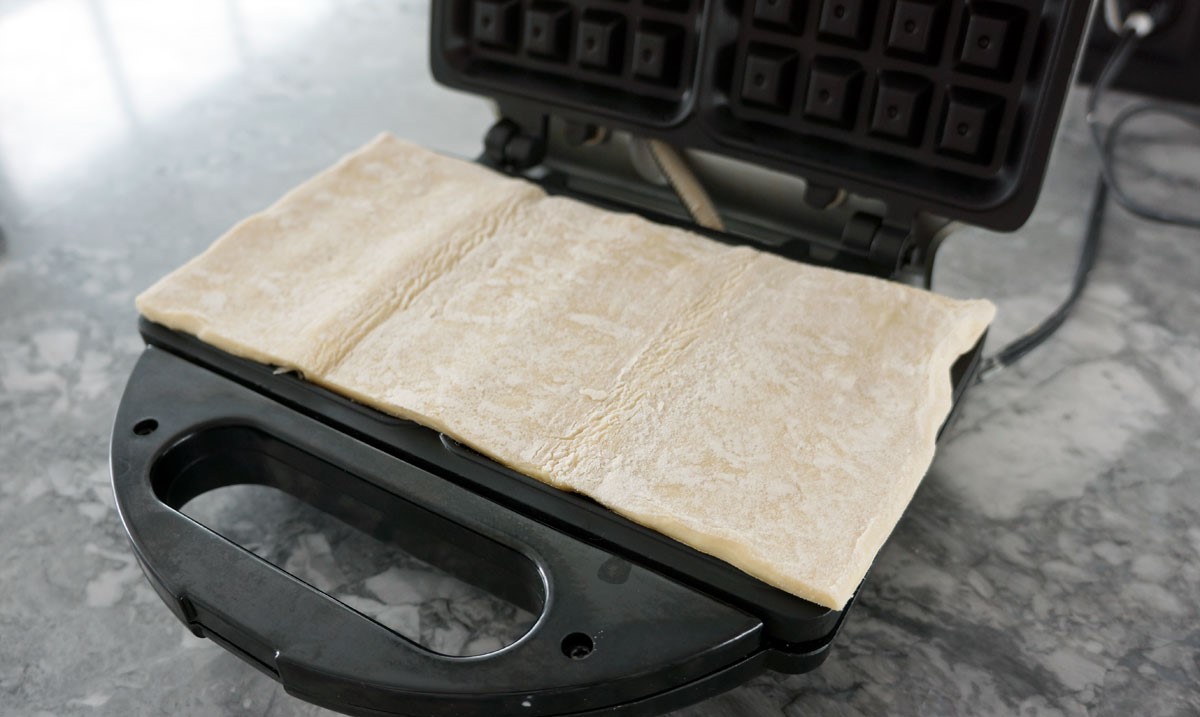

Articles
How Long Do You Put Puff Pastry In A Waffle Iron For
Modified: August 26, 2024
Discover the perfect cooking time for puff pastry in a waffle iron with our helpful articles. Enhance your breakfast routine today!
(Many of the links in this article redirect to a specific reviewed product. Your purchase of these products through affiliate links helps to generate commission for Storables.com, at no extra cost. Learn more)
Introduction
Puff pastry is a versatile and delicious dough that is commonly used in a variety of sweet and savory dishes. Its light, airy texture and flaky layers make it a favorite among bakers and chefs alike. While traditional methods of baking puff pastry in the oven are well known, there is an unconventional and exciting twist that can bring a new dimension to your culinary creations – using a waffle iron.
In this article, we will explore the world of puff pastry and unravel the secrets of using a waffle iron to achieve golden and crispy results. We will delve into the factors to consider when using this method, provide guidelines on the ideal cooking time, and offer some helpful tips and tricks to help you master the art of cooking puff pastry in a waffle iron.
But first, let’s take a moment to understand the nature of puff pastry and why it is such a beloved pastry dough.
Unlike other doughs that rely on yeast or baking powder to rise, puff pastry relies on its unique lamination technique to achieve its signature flaky texture. The process involves repeatedly folding and rolling the dough with layers of butter, resulting in hundreds of thin layers. When baked, the moisture in the butter creates steam, causing the layers to separate and puff up dramatically. The result is a light and delicate pastry with a satisfying crunch.
Traditionally, puff pastry is baked in a hot oven, allowing the butter to melt and create steam rapidly. This produces a dramatic rise and a crispy exterior. However, using a waffle iron introduces a new element to the cooking process, as the direct heat and pressure from the iron can yield unique and interesting results.
So, if you’re ready to elevate your puff pastry game and try a new cooking technique, let’s dive into the world of using a waffle iron for puff pastry!
Key Takeaways:
- Elevate your culinary creations by using a waffle iron to cook puff pastry. Experiment with fillings, seasonings, and toppings for a fun and unexpected twist on this beloved dough.
- Achieve crispy, flaky perfection by mastering the ideal cooking time and factors to consider when using a waffle iron for puff pastry. Unleash your creativity and enjoy the delicious results!
Understanding Puff Pastry
Puff pastry is a type of laminated dough that is characterized by its many layers and flaky texture. It is made by layering thin sheets of dough with butter or a fat, then folding and rolling the dough multiple times to create hundreds of alternating layers of pastry and fat. The process of folding and rolling is known as “laminating” the dough.
One of the key components of puff pastry is the butter or fat used in the lamination process. It is important to use a high-quality butter or a pastry-specific fat that has a high melting point. This allows the layers to separate and puff up when baked, resulting in the characteristic flaky texture.
The magic of puff pastry lies in the steam created during baking. As the butter or fat melts and heats up, the water content turns into steam. The steam gets trapped between the layers of dough, causing the pastry to rise and create those beautiful flaky layers.
Puff pastry is incredibly versatile and can be used in both sweet and savory applications. It can be used as a base for tarts, pies, and turnovers, or as a topping for pot pies and other savory dishes. Its light and crispy texture pairs well with a variety of fillings, from fruit and cream to cheese and vegetables.
While puff pastry can be bought pre-made at the store, making it from scratch allows for more control over the quality of ingredients and ensures fresh, homemade flavor. However, making puff pastry from scratch can be time-consuming as it requires multiple rounds of rolling and chilling. Pre-made puff pastry is a great option for those who are short on time or prefer a more convenient option.
Now that we have a good understanding of what puff pastry is, let’s explore how we can use a waffle iron to add a new twist to this beloved dough.
Using a Waffle Iron for Puff Pastry
Using a waffle iron to cook puff pastry may seem unconventional, but it can produce exciting and delicious results. The direct heat and pressure from the waffle iron create unique patterns on the surface of the pastry, adding a visual appeal to your creations. Additionally, the cooking process in a waffle iron can result in a quicker cooking time and a slightly different texture compared to traditional baking methods.
Before using a waffle iron for puff pastry, there are a few important factors to consider:
- Waffle Iron Temperature: It is crucial to preheat the waffle iron to the right temperature. Most waffle iron models have adjustable temperature settings, typically ranging from low to high. For puff pastry, it is best to set the waffle iron to a medium-high temperature. This allows the pastry to cook thoroughly and develop a golden-brown crust without burning.
- Puff Pastry Thickness: For optimal results, it is recommended to roll out the puff pastry to a thickness of approximately 1/4 inch (6mm) before placing it in the waffle iron. This thickness ensures that the pastry will cook evenly and fully in the waffle iron, while still achieving a crisp exterior and a flaky interior.
- Greasing the Waffle Iron: To prevent the puff pastry from sticking to the waffle iron, it is important to grease the iron properly. Use a non-stick cooking spray or brush the iron with melted butter or oil before placing the pastry on it. Alternatively, you can use parchment paper to line the waffle iron, providing an extra layer of protection against sticking.
Once the waffle iron is preheated, the puff pastry is rolled to the desired thickness, and the iron is greased, it’s time to cook the pastry. Gently place the rolled-out pastry onto the preheated waffle iron, making sure it covers the surface evenly. Close the lid of the waffle iron and apply gentle pressure to ensure the dough comes into contact with the iron’s patterned surface.
Since the cooking time in a waffle iron can be faster than traditional baking, it is important to keep a close eye on the pastry to prevent it from overcooking. Check the pastry regularly and adjust the cooking time accordingly based on the desired level of crispness and color.
Once cooked, carefully remove the puff pastry from the waffle iron using a spatula or tongs. Transfer it to a cooling rack or plate to allow it to cool slightly before serving or using it in your desired dish. The cooked puff pastry can be enjoyed as is, or used as a base for various sweet or savory creations.
Now that we know how to use a waffle iron for puff pastry, let’s explore the ideal cooking time to achieve the perfect golden-brown crust and flaky interior.
Factors to Consider
When using a waffle iron to cook puff pastry, there are several key factors to take into consideration to ensure successful results:
- Waffle Iron Size and Shape: The size and shape of your waffle iron will determine the size and shape of your cooked puff pastry. Consider the intended use of the pastry and choose a waffle iron that will produce the desired outcome. A square or rectangular waffle iron may be ideal for creating individual serving-sized puff pastry squares or rectangles, while a round waffle iron can be used to make circular or oval-shaped pastries.
- Puff Pastry Thickness: The thickness of the puff pastry can greatly affect the cooking time and texture. Thicker pastry may require a longer cooking time to achieve a crispy exterior while ensuring the interior is fully cooked. Thinner pastry, on the other hand, may cook faster but may result in a less flaky texture. Experiment with different thicknesses to find the perfect balance for your desired outcome.
- Waffle Iron Temperature: As mentioned earlier, setting the waffle iron to a medium-high temperature is generally recommended for cooking puff pastry. However, each waffle iron is different, so it is important to be mindful of the heat settings and adjust as needed. Keep in mind that overly high temperatures can cause the pastry to burn, while temperatures that are too low may not provide the desired crispness.
- Greasing and Preheating: Greasing the waffle iron is crucial to prevent the puff pastry from sticking. Take the time to properly grease the iron’s surface with non-stick cooking spray, melted butter, or oil before placing the pastry. Preheating the waffle iron is also essential to ensure even cooking and a golden-brown crust. Follow the manufacturer’s instructions for preheating time and recommended heat settings.
- Timing and Monitoring: The cooking time for puff pastry in a waffle iron may vary depending on the specific iron, the thickness of the pastry, and personal preference. Start by following a general cooking time but keep a close eye on the pastry as it cooks. Check its progress regularly, and if needed, adjust the cooking time accordingly to achieve the desired level of crispness and color.
By taking these factors into consideration, you can have more control over the outcome of your puff pastry cooked in a waffle iron. Remember that experimentation is key to finding the perfect balance of texture and flavor.
Now that we understand the factors to consider, let’s move on to discuss the ideal cooking time for puff pastry in a waffle iron.
Preheat the waffle iron and place the puff pastry in for 3-5 minutes, or until golden brown and crispy. Keep an eye on it to prevent burning.
The Ideal Cooking Time
When cooking puff pastry in a waffle iron, determining the ideal cooking time is crucial to achieve the perfect balance of a golden-brown crust and a flaky interior. The cooking time may vary depending on factors such as the thickness of the pastry, the specific waffle iron, and personal preference. Here are some guidelines to help you get started:
- Start with a general cooking time: As a starting point, a cooking time of 4-6 minutes is often recommended for puff pastry in a waffle iron. This should result in a pastry that is cooked through and has a crisp exterior. However, it is important to keep in mind that this is just a starting point, and additional adjustments may be necessary.
- Check for doneness: To determine if the puff pastry is cooked to your liking, keep an eye on its color and texture. The pastry should have a golden-brown color on the outside, indicating that it is nicely caramelized and crispy. When you press the pastry lightly, you should feel resistance but also a slight give, indicating that the layers are cooked and flaky.
- Adjust cooking time as needed: If the pastry appears undercooked or lacks the desired crispness, you may need to extend the cooking time by 1-2 minutes. On the other hand, if the pastry is becoming too dark or overcooked, reduce the cooking time by 1-2 minutes. Remember, it’s better to err on the side of caution and slightly undercook the pastry, as you can always return it to the waffle iron for a bit longer if needed.
- Keep the waffle iron closed: Avoid opening the waffle iron too frequently during the cooking process. Opening the lid too often can cause a loss of heat and result in an uneven cooking process. Aim to only check the pastry once or twice during the cooking time to assess its progress.
- Note variations based on recipe: Depending on the specific recipe or filling used with the puff pastry, the cooking time may vary. If your recipe includes ingredients that require a longer cooking time, such as a filling or a thick layer of sugar, take that into account and adjust the cooking time accordingly. You may need to extend the cooking time by a few additional minutes to ensure that the filling or sugar is cooked through.
Remember that practice makes perfect, and it may take a few tries to determine the ideal cooking time for your specific waffle iron and desired outcome. By monitoring the pastry closely and making adjustments as needed, you will soon master the art of cooking puff pastry in a waffle iron.
Now that we’ve covered the ideal cooking time, let’s move on to some helpful tips and tricks to enhance your puff pastry waffle iron experience.
Read more: How To Store Puff Pastry
Tips and Tricks
To elevate your puff pastry waffle iron experience, here are some helpful tips and tricks to keep in mind:
- Experiment with different seasonings: Add a touch of flavor to your puff pastry by sprinkling various seasonings or herbs onto the dough before placing it in the waffle iron. Try options like garlic powder, thyme, rosemary, or even a sprinkle of Parmesan cheese for a savory twist.
- Get creative with fillings: While puff pastry cooked in a waffle iron can be enjoyed on its own, it also serves as a great base for fillings. Consider adding a dollop of Nutella, a fruit compote, or a savory mixture like cheese and ham on top of the pastry before closing the waffle iron. This will create a delightful filling inside the crispy layers.
- Make sweet or savory sandwiches: Cook two separate pieces of puff pastry in the waffle iron and use them to create sandwiches. Fill them with anything from sliced fruits and whipped cream to deli meats and cheeses. The possibilities are endless!
- Consider portion sizes: If using a square or rectangular waffle iron, you can cut the cooked puff pastry into smaller portions to serve as individual pastries or appetizers. This allows for easy portion control and a visually appealing presentation.
- Play with toppings: Once your puff pastry is cooked, feel free to experiment with different toppings. Drizzle it with chocolate sauce, sprinkle powdered sugar, or add a dollop of whipped cream or ice cream for a decadent dessert.
- Use different shapes and sizes: Don’t limit yourself to just one shape or size of puff pastry in the waffle iron. Try cutting the pastry into smaller rounds or even decorative shapes using cookie cutters. This adds a unique touch to your culinary creations.
- Serve with accompanying sauces: Pair your puff pastry waffle creations with complementary sauces. These can include berry compotes, caramel sauce, savory dipping sauces, or even a simple homemade whipped cream.
- Keep leftovers fresh: If you have any leftover cooked puff pastry, store it in an airtight container at room temperature. To reheat, pop it back into the waffle iron for a few minutes to refresh its crispness.
These tips and tricks will help you unleash your creativity and make the most out of cooking puff pastry in a waffle iron. Don’t be afraid to try new combinations and experiment with different flavors and textures.
Now that we’ve covered all the essentials, let’s wrap up our discussion on using a waffle iron for puff pastry.
Conclusion
Using a waffle iron to cook puff pastry offers a unique twist to this beloved dough, resulting in crispy, flaky, and visually appealing pastries. By considering factors such as waffle iron temperature, puff pastry thickness, greasing the iron, and monitoring the cooking time, you can achieve excellent results.
Experiment with different seasonings, fillings, and toppings to personalize your puff pastry waffle creations. From sweet to savory, the possibilities are endless. Whether you’re enjoying a simple puff pastry sandwich or serving elegant individual pastries, using a waffle iron brings a fun and unexpected element to your culinary repertoire.
Remember to monitor the cooking time closely, as it may vary depending on the specific waffle iron and your desired level of crispness. Adjust as needed to achieve the perfect balance of a golden-brown crust and a flaky interior.
With these tips and tricks in mind, you can take your puff pastry game to new heights. From delightful desserts to savory appetizers, the waffle iron opens up a world of creative possibilities for your puff pastry creations.
So, don’t hesitate to grab your waffle iron, roll out some puff pastry, and embark on a culinary adventure. Explore different shapes, sizes, and fillings as you indulge in the crispy, flaky goodness that puff pastry cooked in a waffle iron brings.
Now it’s time to unleash your creativity and enjoy the delicious results of cooking puff pastry in a waffle iron. Bon appétit!
Frequently Asked Questions about How Long Do You Put Puff Pastry In A Waffle Iron For
Was this page helpful?
At Storables.com, we guarantee accurate and reliable information. Our content, validated by Expert Board Contributors, is crafted following stringent Editorial Policies. We're committed to providing you with well-researched, expert-backed insights for all your informational needs.
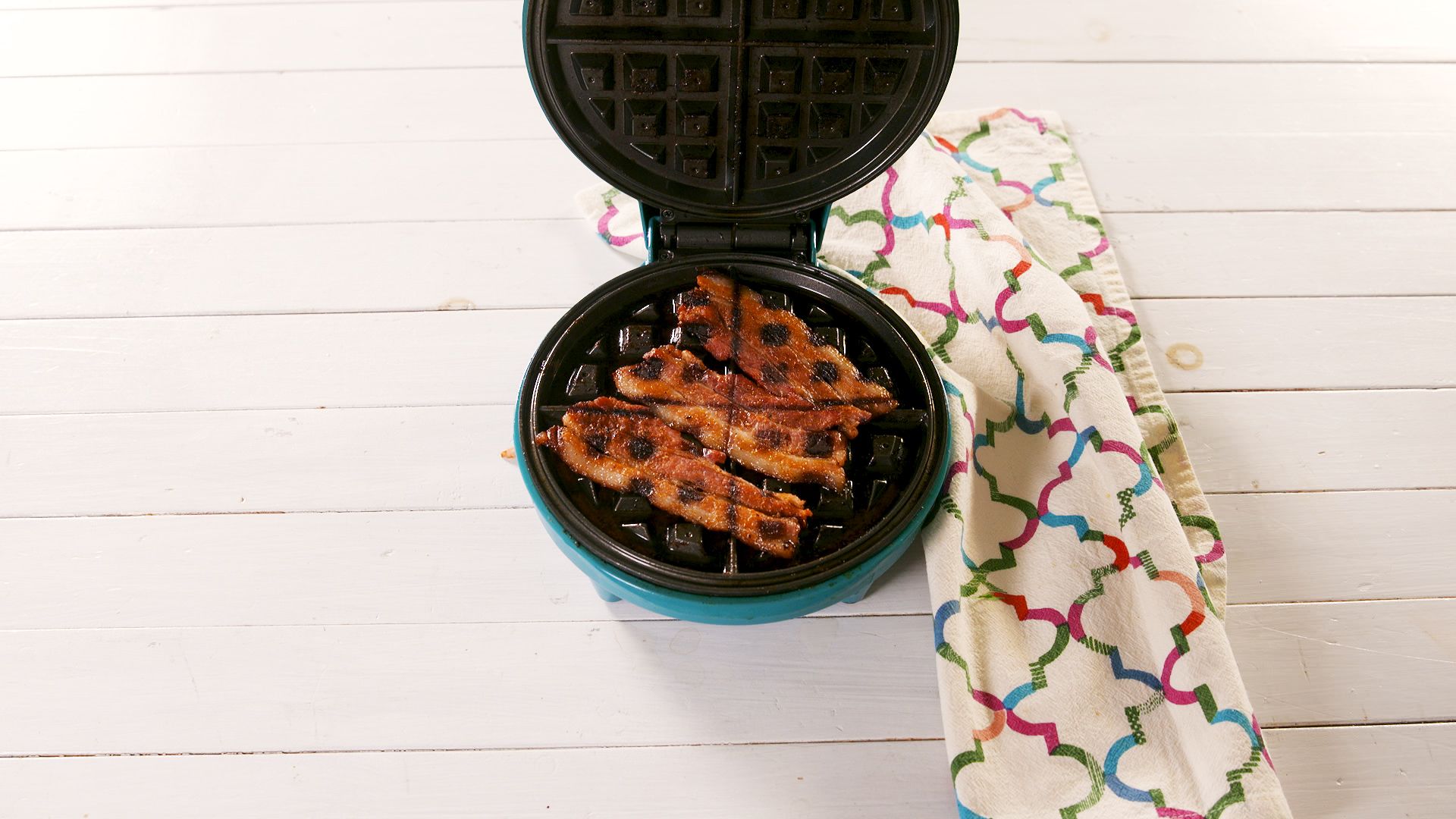
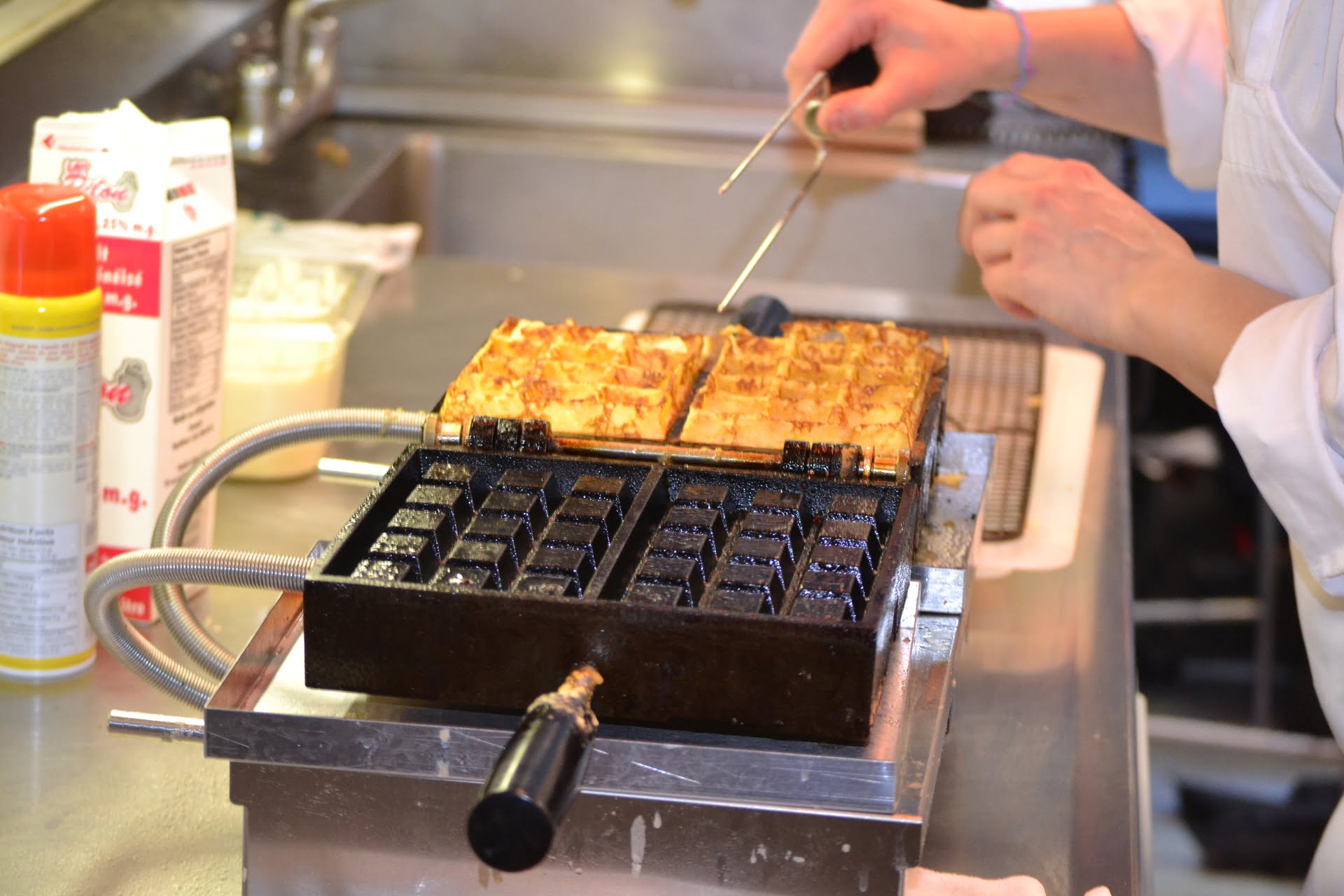

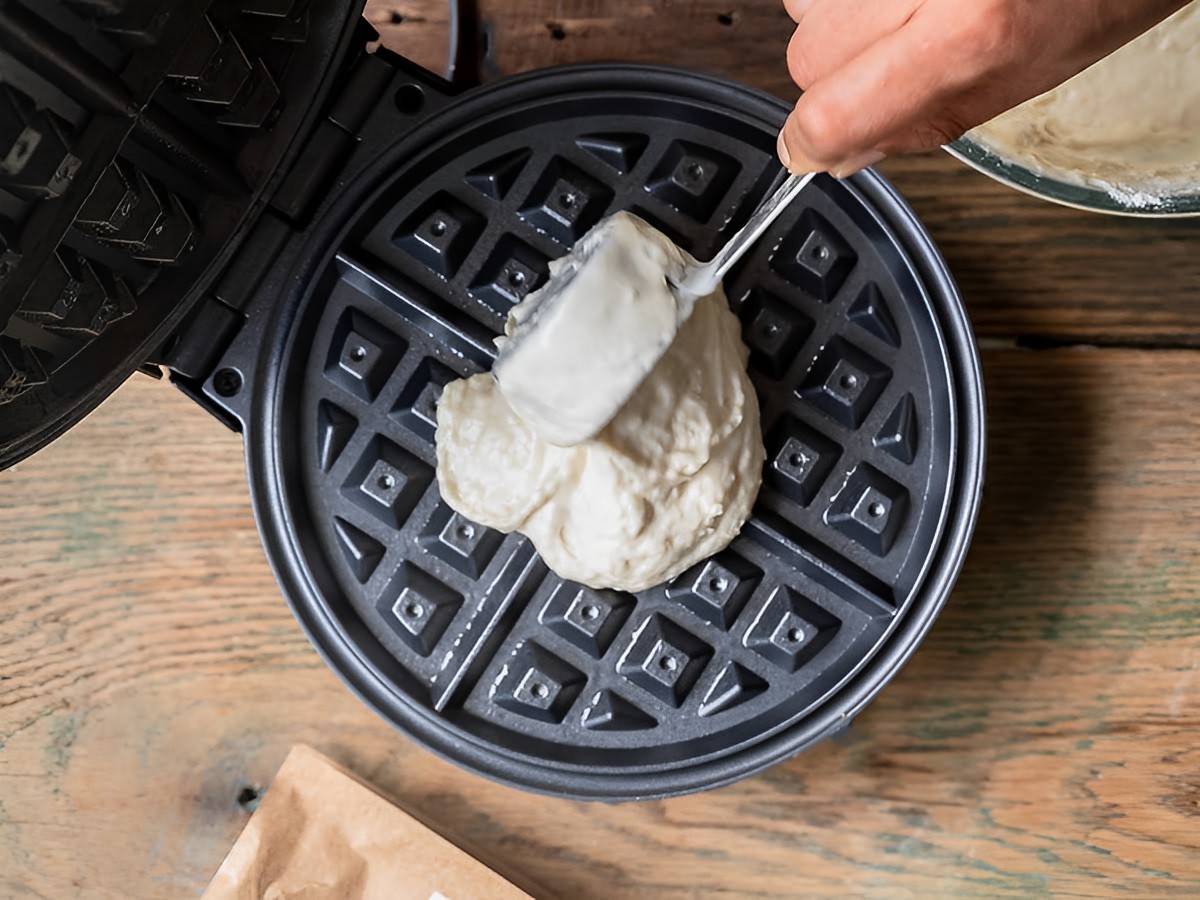

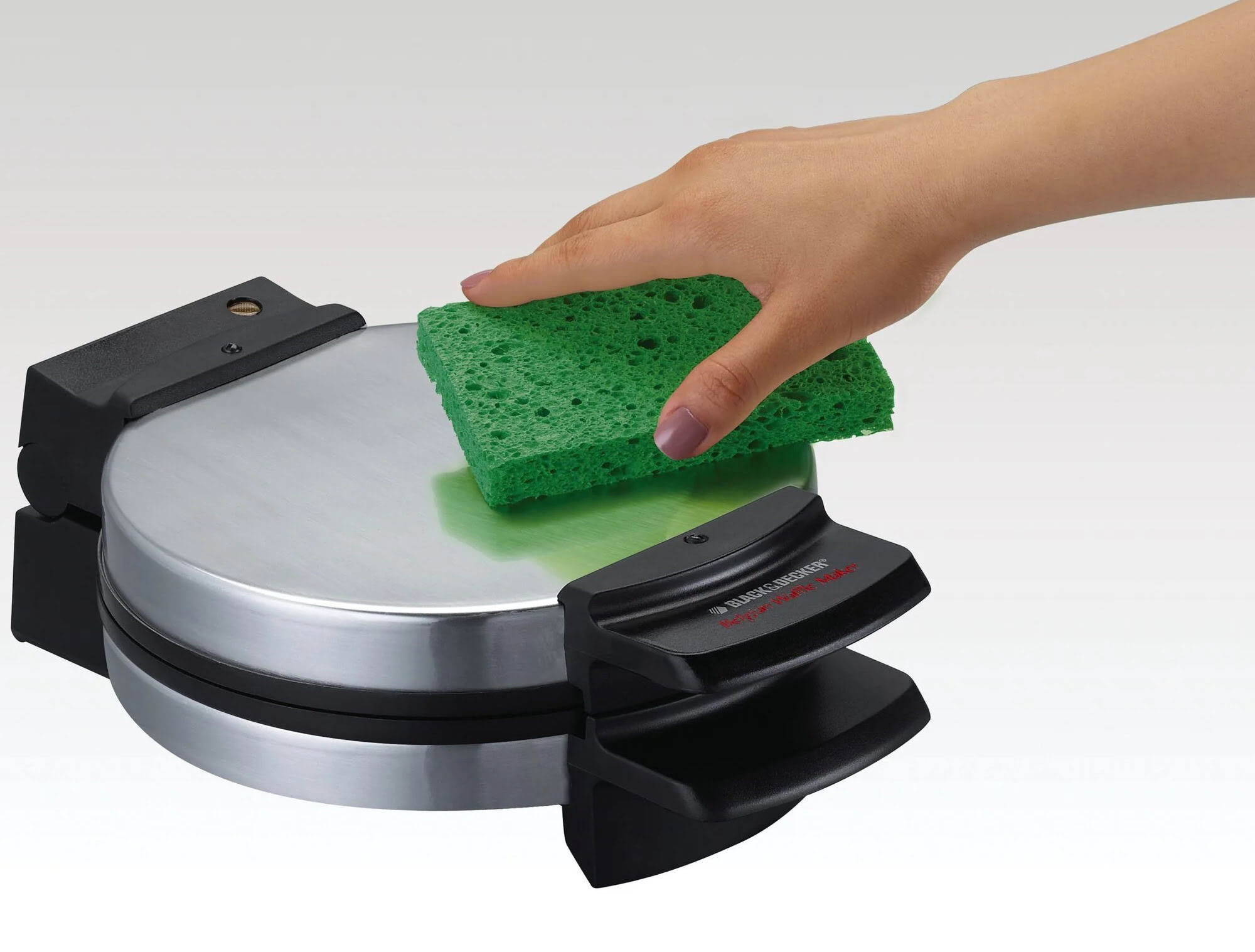
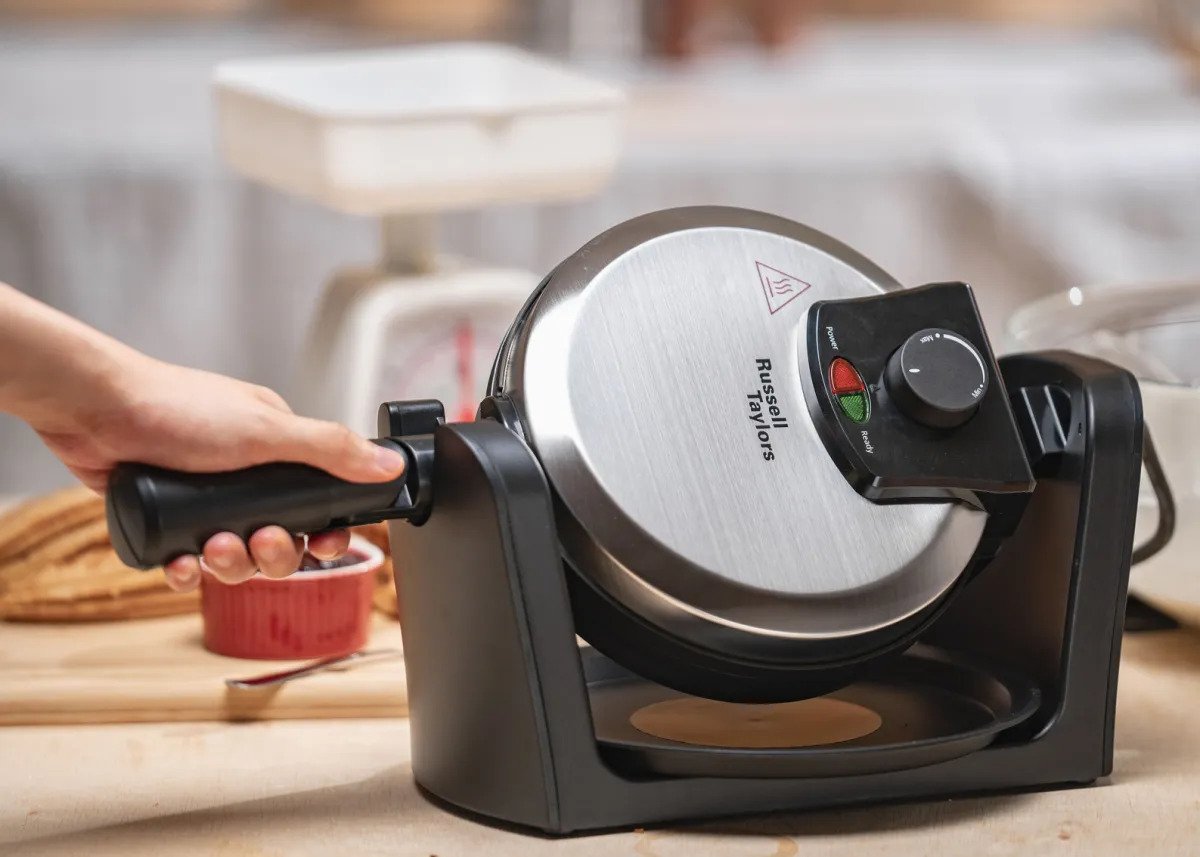
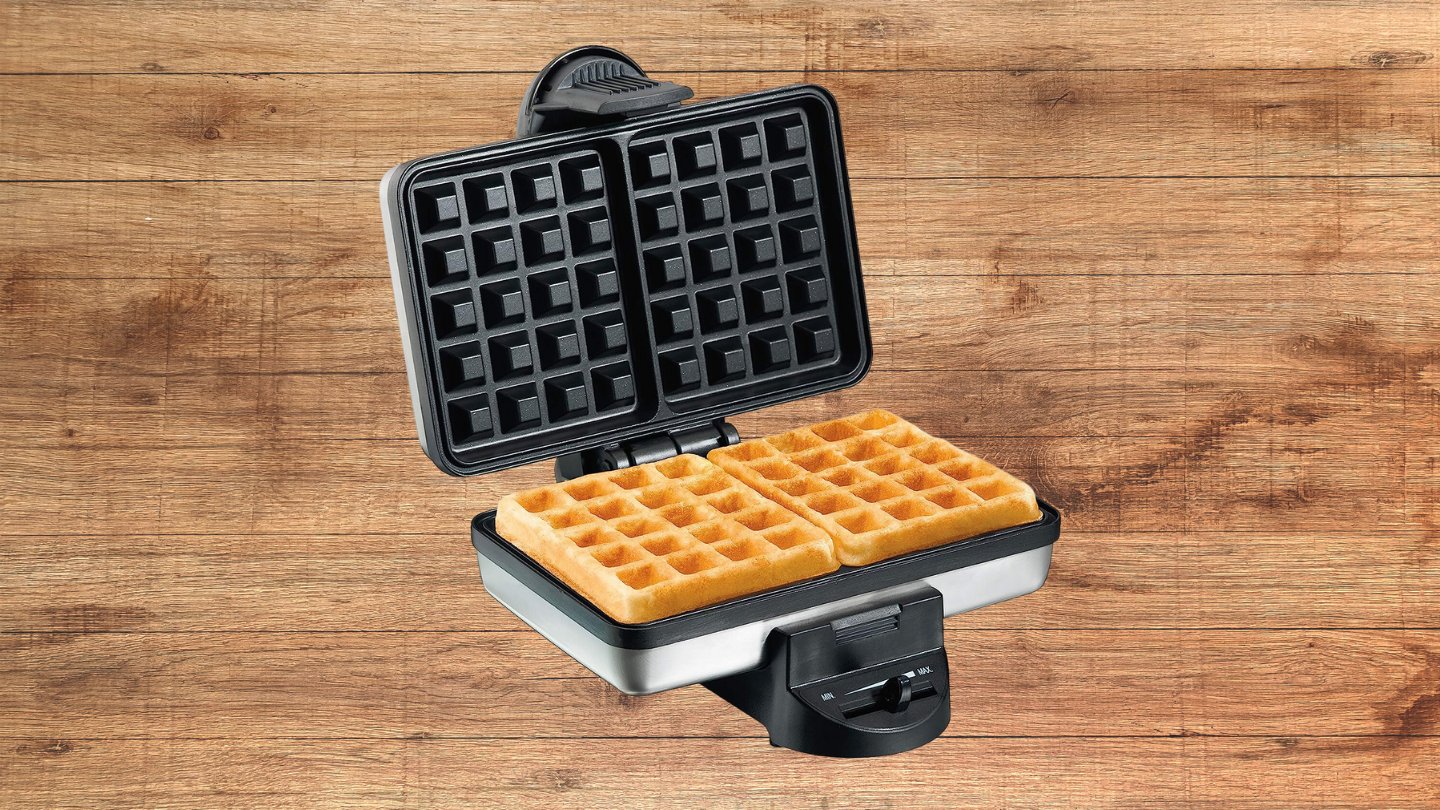
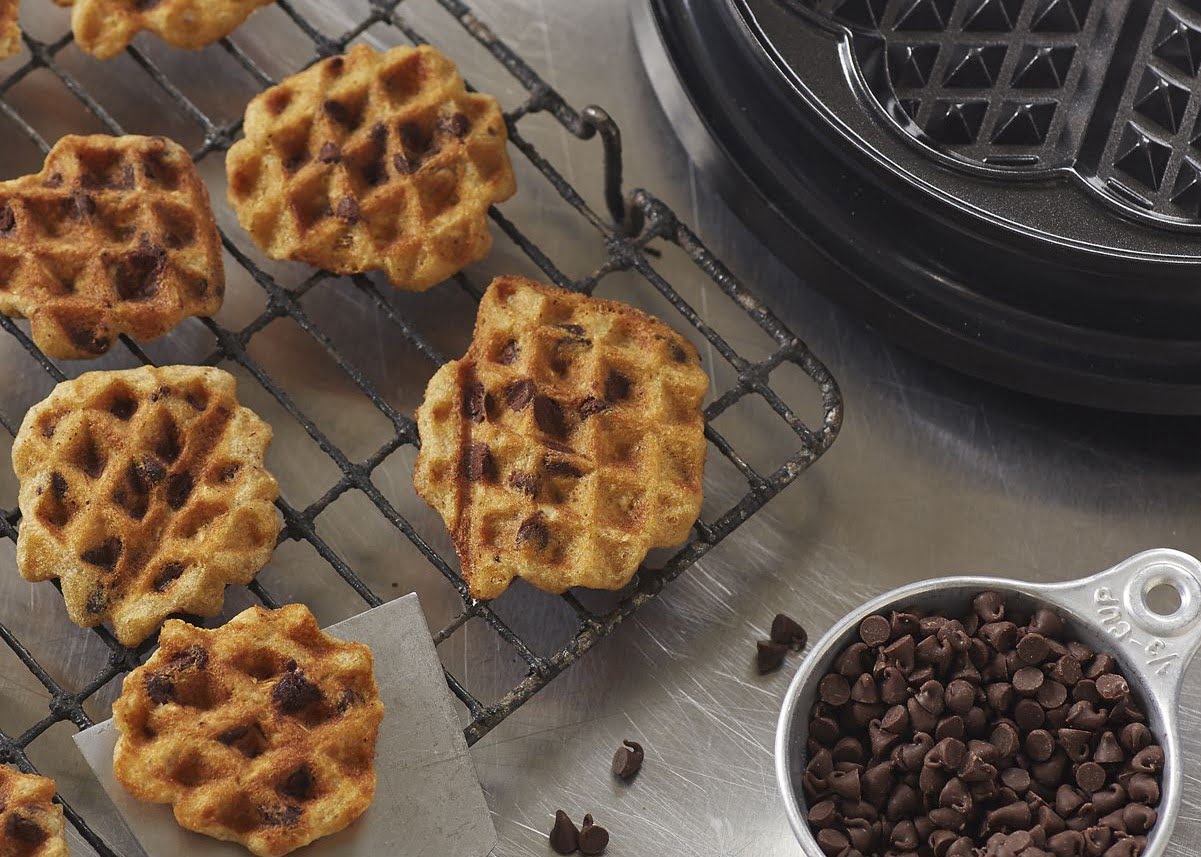
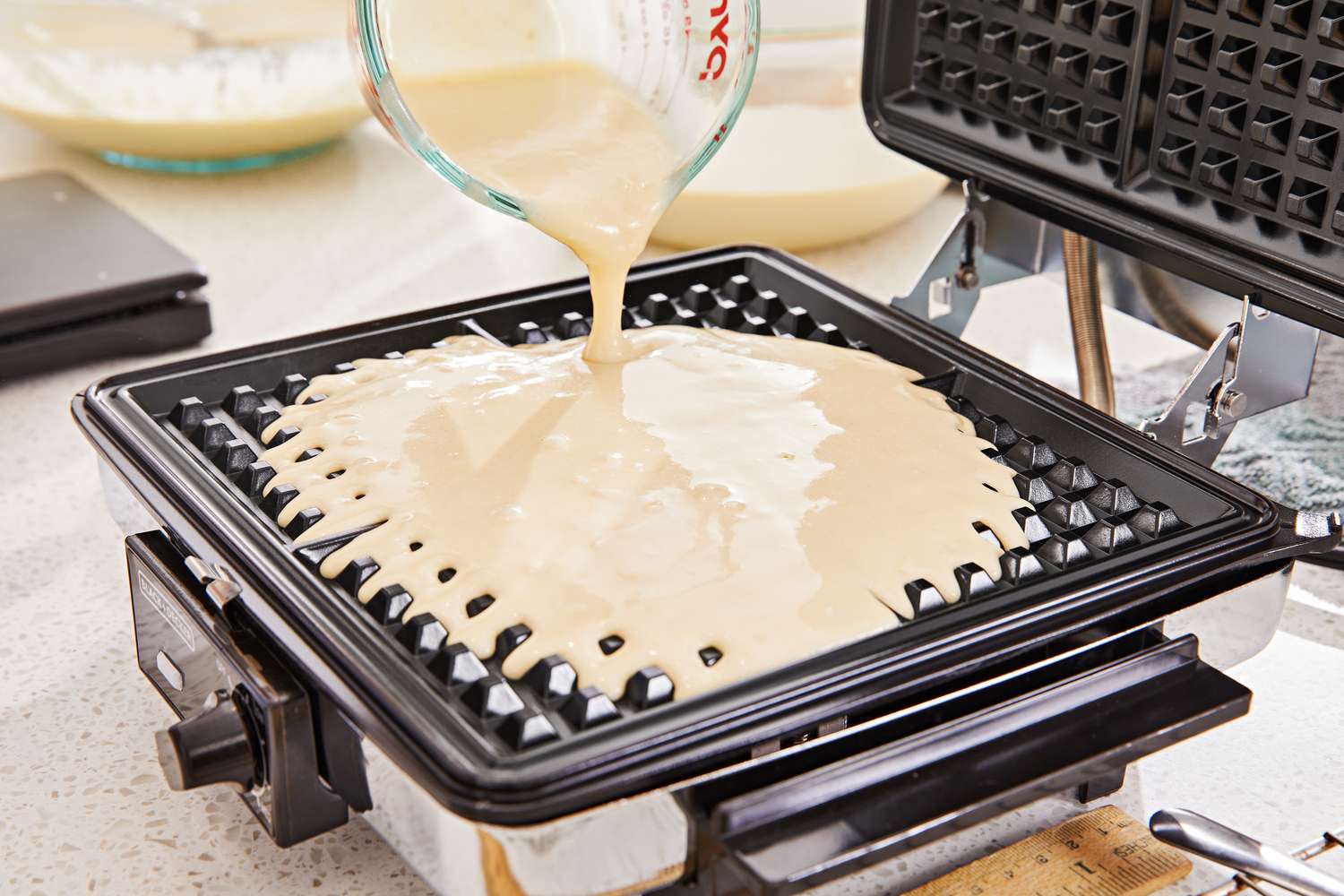
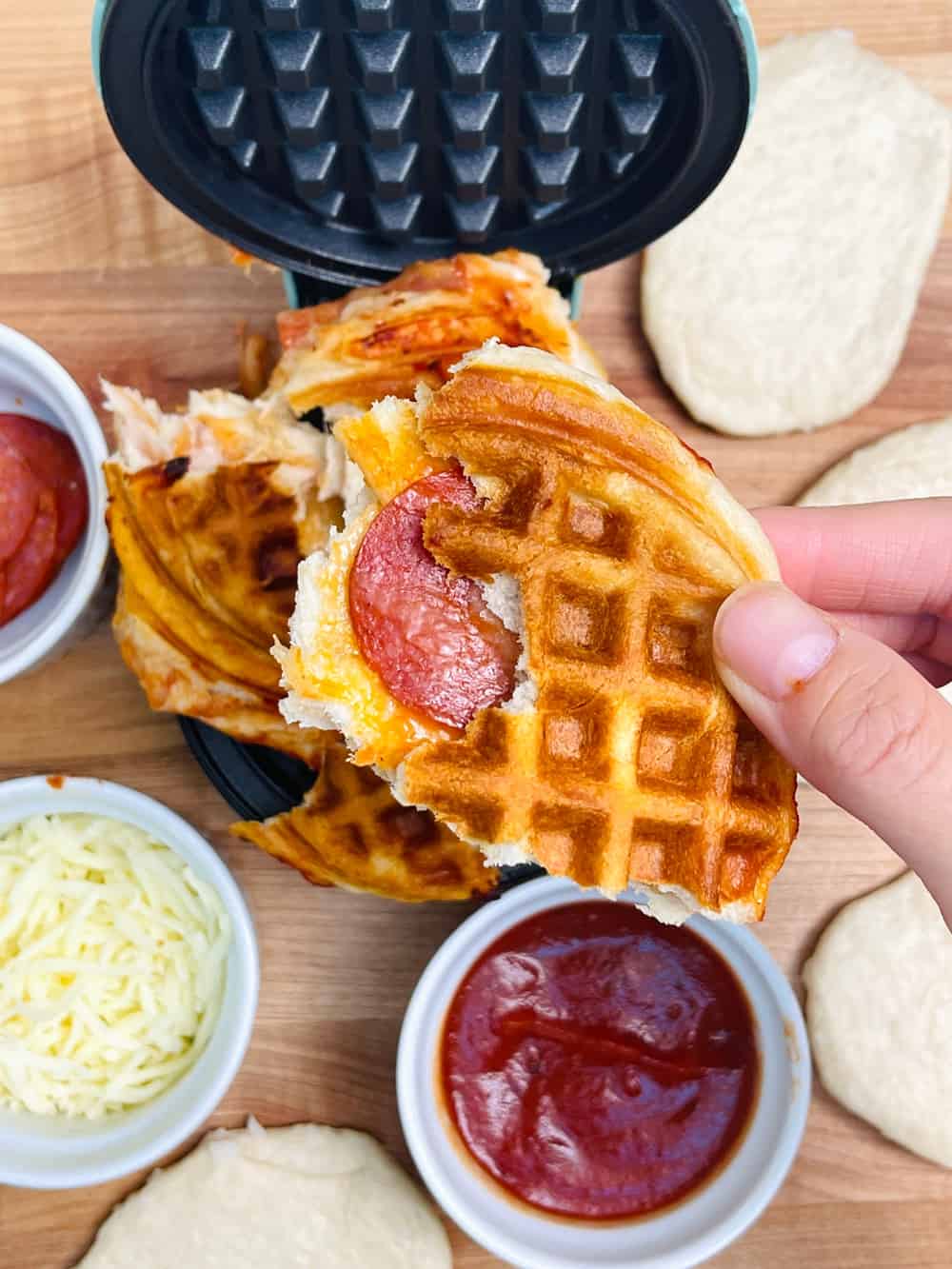
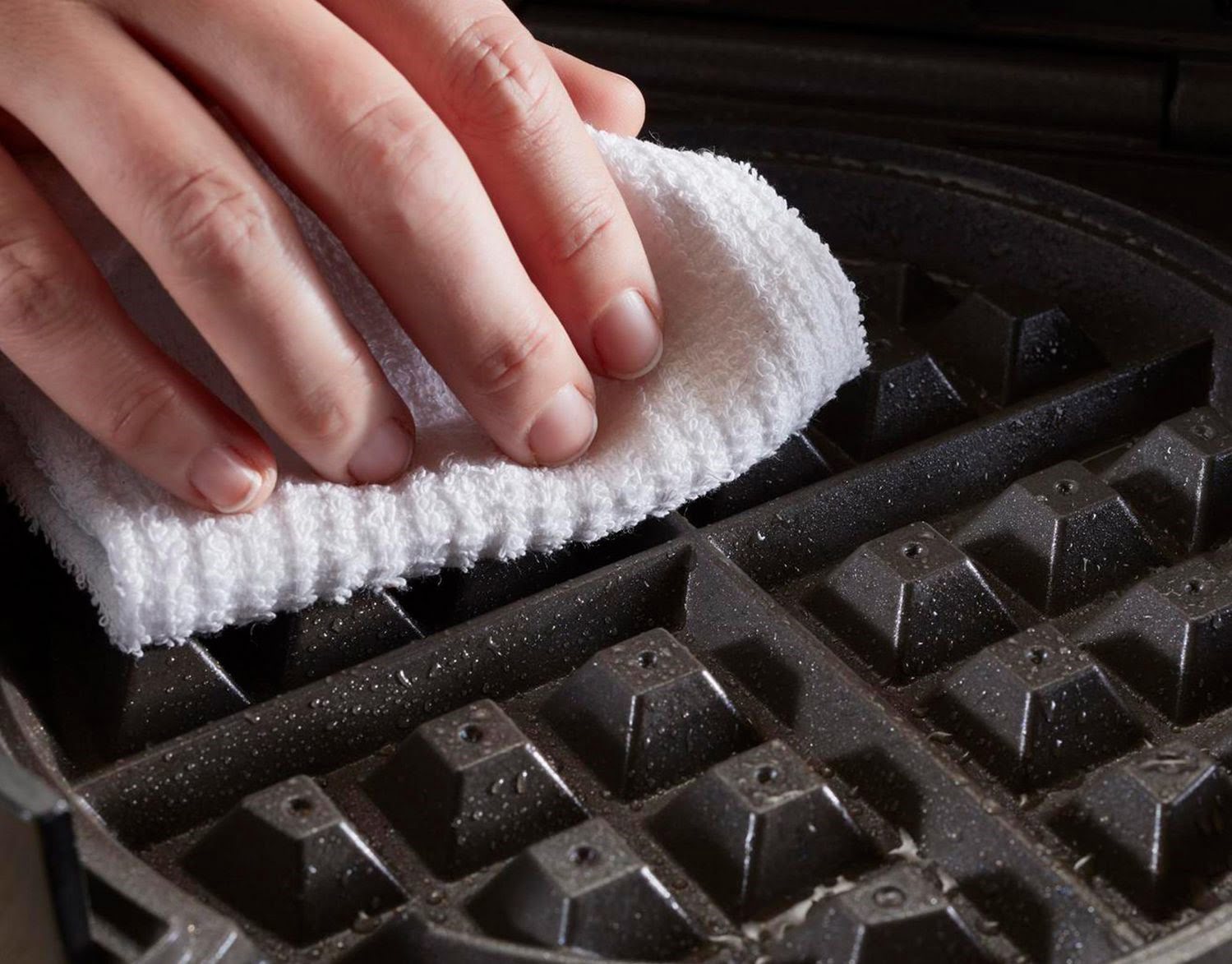
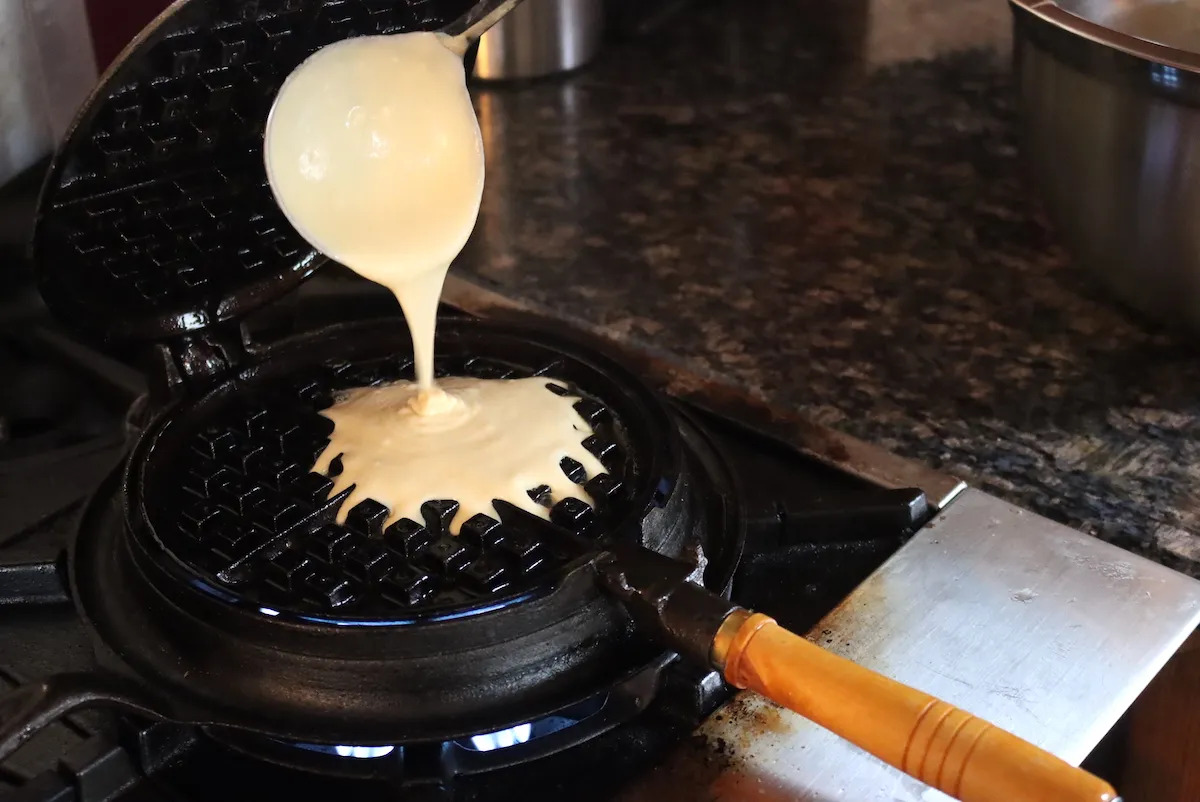
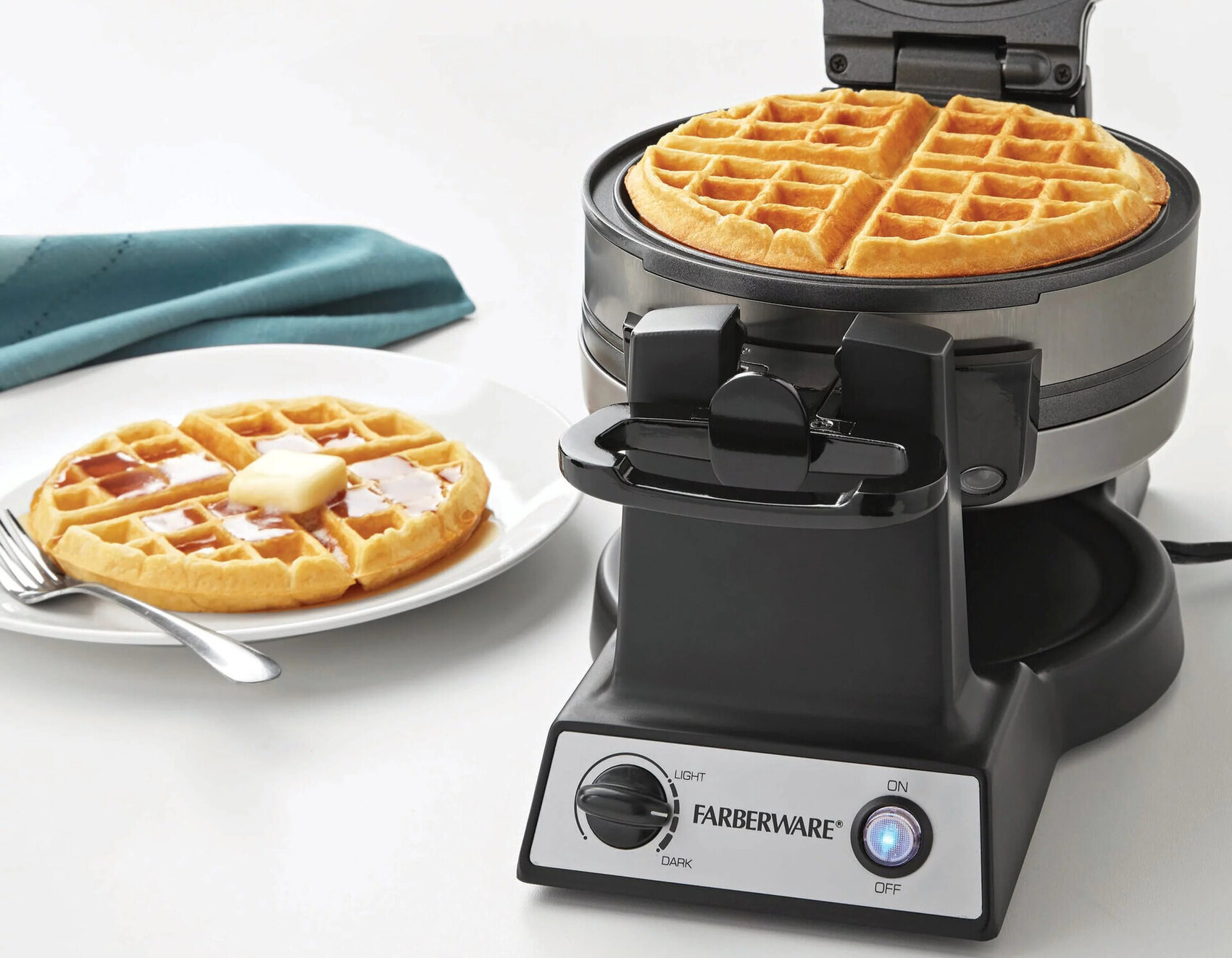

0 thoughts on “How Long Do You Put Puff Pastry In A Waffle Iron For”